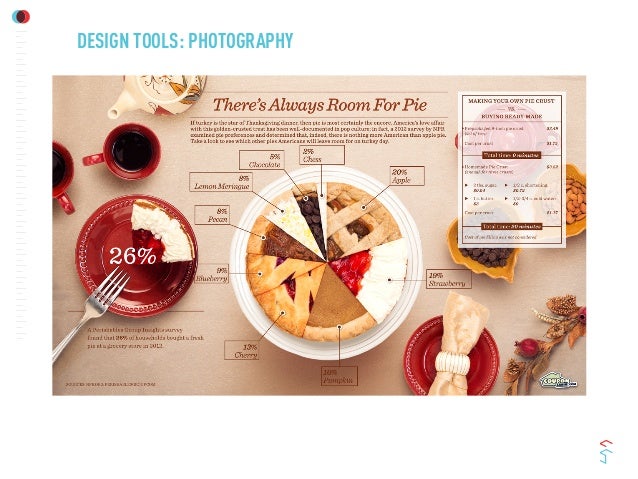What Every Photographer Must Know About Illumination
What Every Photographer Must Know About Illumination
Blog Article
Short Article Created By-Caldwell Covington
As a digital photographer, you know that illumination can make or break your photos. Understanding the nuances of both all-natural and artificial light is crucial for catching the mood and clarity you go for in your work. Whether you're going after the best gold hour radiance or fine-tuning your fabricated setups, grasping these aspects can boost your photography dramatically. However there are common mistakes that numerous forget, and acknowledging them can transform your technique to every shoot. Let's discover what you may be missing and exactly how it can affect your outcomes.
Recognizing All-natural Light
Understanding all-natural light is critical for any type of photographer wanting to improve their job. It's the foundation of fantastic digital photography, influencing state of mind, tone, and clarity. When you fire outdoors, take note of the time of day. The gold hour-- shortly after daybreak and prior to sunset-- supplies soft, cozy light that can change regular scenes right into magnificent photos.
Don't take too lightly the power of cloudy days. Cloud cover diffuses sunshine, developing a soft, also light that's best for portraits and macro photography. You'll find shades appear this type of lighting without extreme shadows.
Positioning matters, as well. Always consider your subject's positioning to the light. If the sunlight's behind your subject, you might end up with a shape, which can be significant yet mightn't be what you desire. On the other hand, straight sunlight can create unflattering shadows.
Trying out angles; occasionally, changing your viewpoint can generate outstanding outcomes. Use https://telegra.ph/Transform-Your-Portrait-Digital-Photography-With-Simple-Methods-That-Boost-Lighting-And-Structure-Yet-What-Other-Keys-Could-Take-01-08 , like water or sand, to jump light onto your subject, adding dimension.
Learning Artificial Light
Mastering synthetic light is necessary for digital photographers who wish to take their skills to the following level. Whether you're using speedlights, workshop strobes, or constant lights, understanding exactly how to adjust these sources can considerably boost your photos.
Begin by Modern Portraits with the basics of light top quality, instructions, and shade temperature. Experiment with different modifiers like softboxes, umbrellas, or grids to manage the softness or violence of the light.
You'll discover that soft light frequently develops lovely results, while harsher light can add dramatization and deepness. Do not avoid shadows; they can enhance the three-dimensionality of your subjects.
Pay attention to the positioning of your lights. A light positioned also close to your subject can develop uncomplimentary results, while as well far away can cause an absence of information. Make use of a light meter or your video camera's histogram to ensure you're revealing correctly.
Last but not least, remember that synthetic light can be mixed with ambient light for innovative effects. Balancing these resources may take technique, once you master it, your digital photography will genuinely beam.
Techniques for Different Scenarios
When you step into various capturing circumstances, adapting your lights techniques is essential for catching the very best photos. For headshots for acting near me , make use of the golden hour-- morning or late afternoon light-- to soften shadows and improve skin tones.
If it's a rough midday sun, think about using a reflector to jump light back onto your topic or seek shaded locations for a much more also direct exposure.
In low-light situations, like interior occasions, raise your ISO and use a wide aperture to allow in even more light. A tripod can help remove cam shake, allowing for longer direct exposures without obscuring.
If you're contending night, explore off-camera flash to create dynamic illumination and depth in your photos.
For item photography, use diffused illumination to stay clear of extreme reflections. Softboxes or light tents can assist attain this result.
When photographing landscapes, think about the direction of light and time of day, as it can considerably alter the state of mind of your shot.
Constantly prepare to adjust your setups and placing based on the scenario, as versatility is essential to mastering lights in digital photography.
Verdict
To conclude, understanding lighting is vital to boosting your photography abilities. Accept natural light's charm during gold hour, and do not shy away from try out fabricated light techniques. By adjusting your method to various circumstances, you'll catch spectacular pictures that reverberate with emotion and clearness. Keep in Learn Additional Here , the appropriate lights can transform a regular shot into something amazing, so keep exercising and improving your understanding of both natural and artificial light. Happy shooting!
